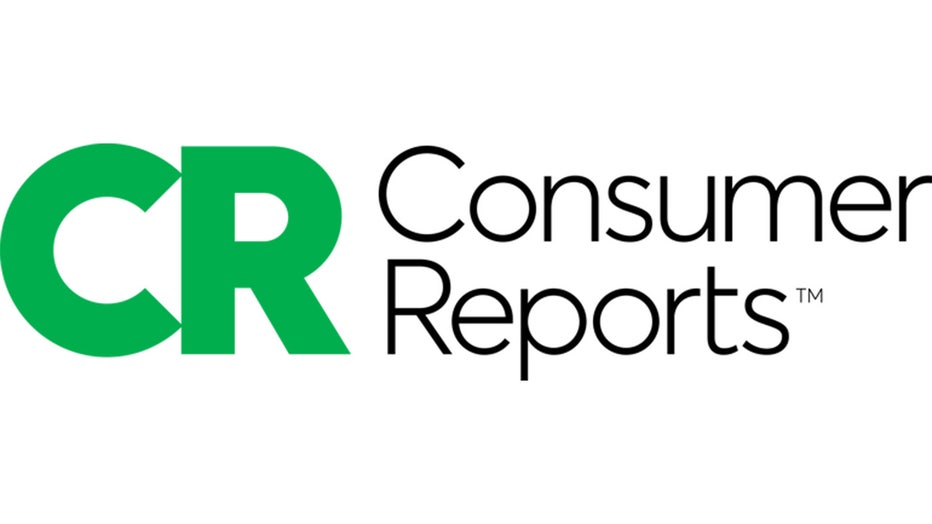Saving for college with a 529 savings plan
As a new school year begins for students around the country, many parents reflect on how fast time passes.
And for many parents whose kids will soon be headed off to college, one of their biggest concerns is paying for their education.

Consumer Reports explains how a 529 college savings plan can help and what to keep in mind before withdrawing the funds.
A 529 plan is one of the best ways that you can save for college.
It’s a state-sponsored investment plan that allows you to save for your kids’ college education no matter how far into the future.
But many families don’t take advantage of this opportunity.
In fact, only 30 percent of families used a 529 account to help pay for college this year, according to a 2023 study by Sallie Mae.

One of the benefits of a 529 savings plan is that since the money saved is invested, it has the potential to multiply over time.
For example, if you opened a 529 account for a newborn this year and contributed about $250 a month, you’d have more than $113,000 when your child heads off to college in 18 years.
That’s more than double your $54,000 investment.

One of the good things about it is that the money grows tax-free, and many states even give you a tax deduction.
And if you get a later start, that’s okay, it’s still less money that you’ll take out in a loan later on.
The money from a 529 account has to be used on qualified education-related expenses, like tuition, fees, books, supplies, computers, and room and board, as long as the student is enrolled in school.

A few things to keep in mind: You need to spend the money in the same tax year, not school year, that you make the withdrawal.
And be sure to keep all your receipts in case the IRS has questions later.
And if you’re lucky enough to have leftover 529 funds, avoid taxes and penalties by saving it for graduate school or transferring the money to another child or family member.
Consumer Reports says you can even use 529 money toward tuition for students in kindergarten through 12th grade—but only up to $10,000 per student, per year.

All Consumer Reports material Copyright 2023 Consumer Reports, Inc. ALL RIGHTS RESERVED. Consumer Reports is a not-for-profit organization which accepts no advertising. It has no commercial relationship with any advertiser or sponsor on this site. Fo

